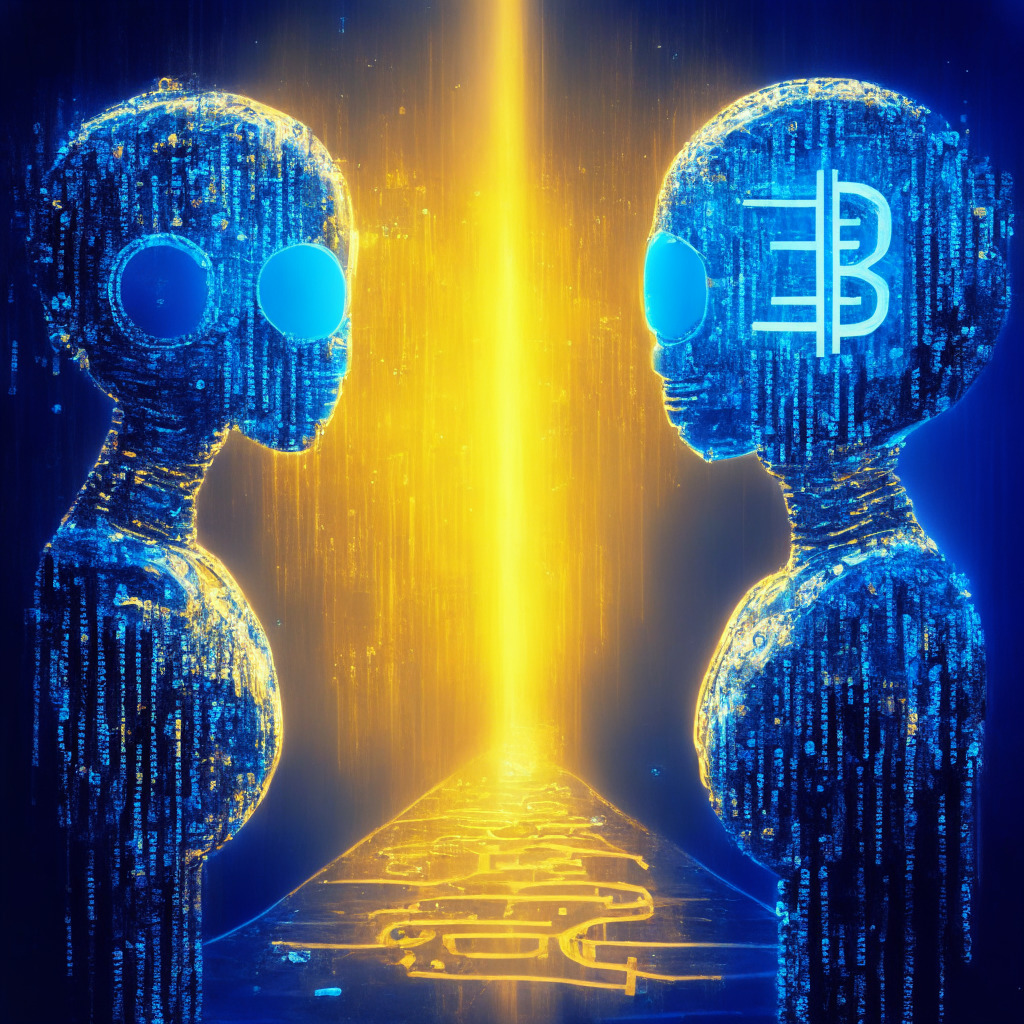MakerDAO is progressing towards its Endgame plan, a comprehensive strategy devised by its founder, Rune Christensen, with the primary goal of improving governance within the platform. As one of the most prominent DeFi protocols, MakerDAO has endured the challenges of scaling and internal politics common to many startups entering their growth phase, all while attempting to maintain decentralization.
The near-term objective of Endgame is to secure the status of MakerDAO’s stable token, DAI, as one of the most extensively used stablecoins in the next three years without sacrificing governance equilibrium. To accomplish this, Christensen suggests launching MakerDAO based on the Endgame’s five-phase roadmap.
The first phase, known as the Beta launch, entails establishing a new single brand merging both stablecoin and governance token separate from DAI and MKR. This will help resolve fragmentation and create a cohesive concept, allowing DAI and MKR token holders to upgrade to the new stablecoin and governance token, if desired.
Following the Beta launch comes Phase 2, during which six Maker SubDAOs, each with its unique governance tokens, will be created. SubDAOs are designed to function independently from Maker yet remain linked to the protocol through their missions. This model will considerably reduce the workload and complexity that Maker Governance needs to manage.
Phase 3 involves developing governance AI tools to improve “Alignment Artifacts,” guiding the governance experience and refining processes over time without requiring centralized leadership. Notably, these tools will be open-source, which benefits MakerDAO and supports its public good purpose.
The Sagittarius Lockstake Engine (SLE) launch makes up the fourth phase, aiming to actively incentivize token holders of the new governance tokens to participate in governance. Tokens will be delegated to aligned voter committees and executed in a user-friendly, gamified frontend for easy access.
The final stage, Phase 5, involves launching a rebranded new chain as the Endgame state, making significant changes difficult to implement. This means that MakerDAO’s core processes will remain balanced, decentralized, and sustainable indefinitely. The new chain will serve as the hub of all backend tools operating MakerDAO, with a notable feature being the ability to hard fork in the event of catastrophic governance disputes.
In conclusion, MakerDAO’s five-phase Endgame strategy aims to refine governance processes, incentivize token holder participation, and create a balanced, decentralized, and sustainable environment for the platform, ultimately securing the position of DAI as a widely used stablecoin.
Source: Blockworks




